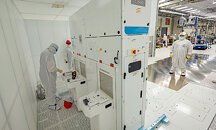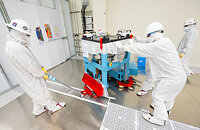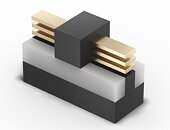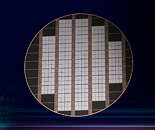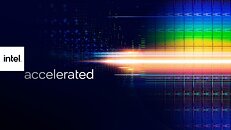
Apple, Intel to Become Alpha Customers for TSMC's 2 nm Manufacturing Node
Industry reports and sources in the financial community have placed Apple and Intel as the two premier customers for TSMC's upcoming N2 node. N2, which is expected to enter volume production by the end of 2025, will be TSMC's first manufacturing process making use of GAAFET (Gate-All-Around Field-Effect Transistor) design. If there are no significant market upheavals or unexpected snags in technology transition, TSMC will be late to the GAAFET party, following Samsung's 3GAE node in 2023 and Intel's first Angstrom-era process, Intel 20A, in 2024.
While Apple's uptake on TSMC's latest manufacturing technology is practically a given at this point, the fact that Intel too is taking up TSMC's N2 node showcases the company's evolved business tactics after the introduction of its IDM 2.0 strategy (IDM standing for Integrated Device Manufacturer, meaning Intel too will fabricate chips according to clients' specs). While pre-Pat Gelsinger was seemingly scared of touching any other foundries' products - mostly from the fact that Intel does have its own significant manufacturing capabilities and R&D, after all - the new Intel is clearly more at peace with driving its competitor's revenues.
While Apple's uptake on TSMC's latest manufacturing technology is practically a given at this point, the fact that Intel too is taking up TSMC's N2 node showcases the company's evolved business tactics after the introduction of its IDM 2.0 strategy (IDM standing for Integrated Device Manufacturer, meaning Intel too will fabricate chips according to clients' specs). While pre-Pat Gelsinger was seemingly scared of touching any other foundries' products - mostly from the fact that Intel does have its own significant manufacturing capabilities and R&D, after all - the new Intel is clearly more at peace with driving its competitor's revenues.



































